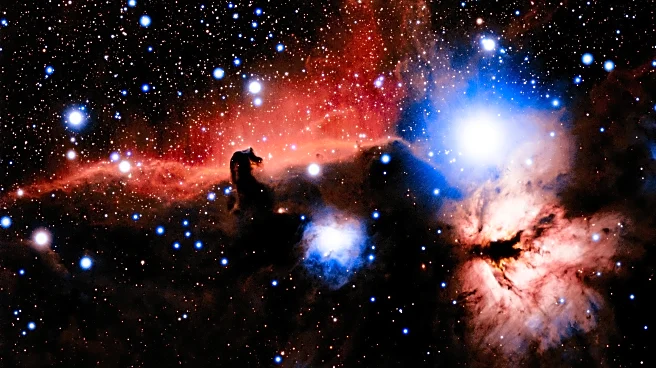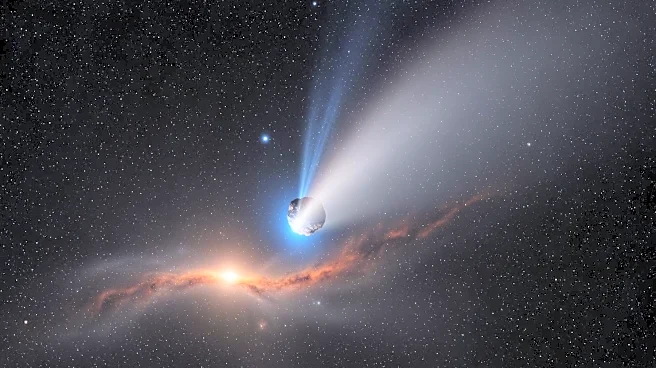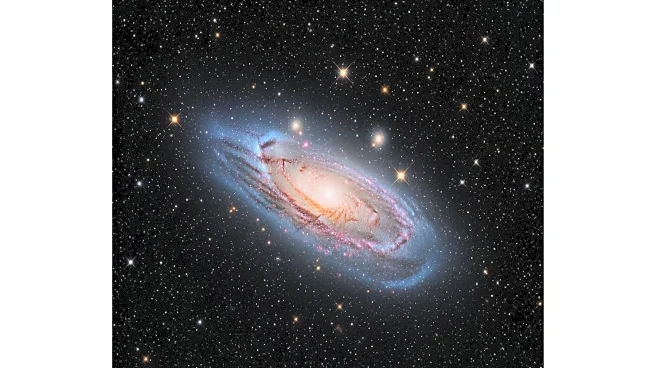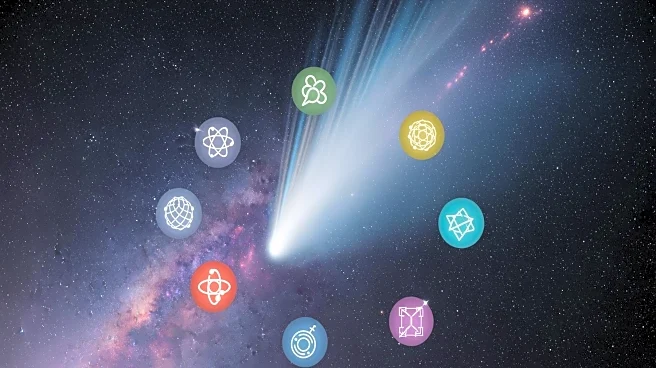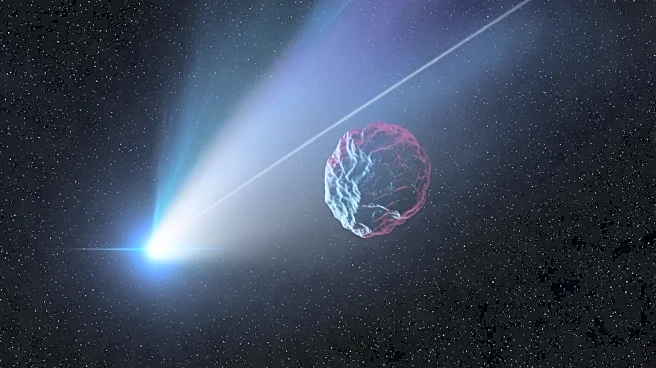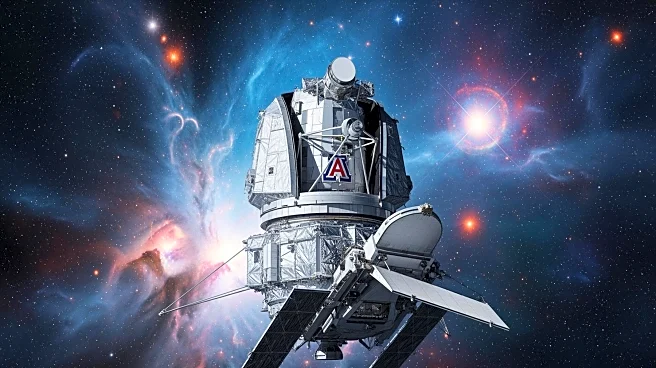What's Happening?
The interstellar comet 3I/ATLAS, originating from outside our solar system, has made its closest pass to the sun, coming within 126 million miles. This event marks a significant opportunity for astronomers
to study the comet's composition and behavior as it travels through the solar system. Observations from various space missions, including NASA's SPHEREx and the James Webb Space Telescope, have detected elements such as carbon dioxide and water ice releasing from the comet. The comet is expected to be visible again from Earth-based telescopes starting November 11, with its closest approach to Earth occurring on December 19.
Why It's Important?
The study of interstellar objects like 3I/ATLAS provides valuable insights into the materials and conditions present in other star systems. Understanding the composition of such comets can reveal information about the primordial materials that formed them, offering clues about the early solar system and potentially the origins of life. The comet's passage through the solar system presents a rare opportunity for scientific observation and discovery, contributing to our knowledge of cosmic phenomena and the universe's history.
What's Next?
Astronomers will continue to observe 3I/ATLAS as it moves away from the sun, with further studies planned using various space-based instruments. The European Space Agency's Jupiter Icy Moons Explorer will attempt to capture additional observations in November, although data may not be available until February. These ongoing observations will help scientists gather more data on the comet's composition and trajectory, enhancing our understanding of interstellar objects.


